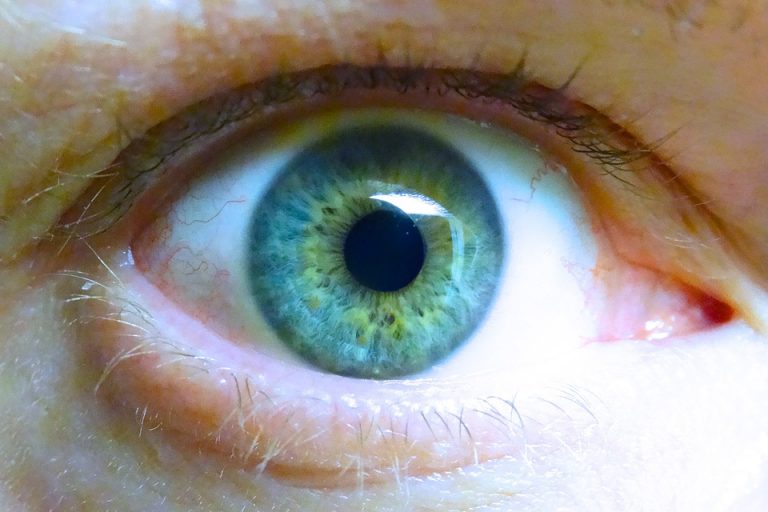In this post we will refer to the interesting research results published in the journal Science, in an article entitled Vitamin B3 modulates the mitochondrial gap and prevents glaucoma in elderly mice. The article is available for a fee, so as not to expose you to unnecessary expense - we will try to maximally describe the conclusions contained therein.
1. Glaucoma
Glaucoma, despite what is commonly believed, is not an independent disease. It is a group of eye diseases leading to progressive and irreversible damage to the optic nerve and retinal ganglion cells, and consequently to the deterioration or total loss of sight (narrowing of the visual field).
2. Causes of glaucoma
The retina is part of the eye that creates electrical impulses in response to the light coming from the eye lens, after creating these retinal pulses, it sends them further to the brain through the optic nerve. It is a very simplified definition of the process that allows us to see what is happening in the world around us.
The eye is filled with a fluid that is normally drained through a specialized cellular network called an angle of percolation (sometimes called a drainage angle).
In patients suffering from glaucoma, the angle of percolation is increasingly blocked, resulting in increased pressure in the eye. This increased emphasis is placed on the ganglion cells of the optic nerve and ultimately leads to their death. There are characteristic symptoms in the form of rainbow circles and reduced visual acuity (image blur). In the case when this condition lasts long - adhesions appear on the optic nerve, which leads to its deformation and permanent changes in the field of view.
3. What exactly were the researchers looking for?
The answer is simple - mitochondrial proteins. Interestingly enough, the authors observed that (at least in the animal model, the mouse) the protein in the cellular organelle called the mitochondrion (that's where magic or cellular metabolism happens) changes drastically in the early stages of glaucoma development.
It turned out that changes in the protein in the mitochondria were one of the first detectable changes in retinal cells that have fallen victim to glaucoma, and that these changes have reduced the number of compounds responsible for protecting the cell from oxidative damage (including one called - dinucleotide nicotinamide adenine or NAD).
4. Scientists decided to use vitamin B3!
Vitamin B3 or Niacin is a precursor to the formation of nicotinamide adenine dinucleotide. The authors of the study put forward the hypothesis that supplementing mice 'drinking water with this vitamin, in the initial stages of glaucoma development, may help increase the level of NAD and protect the eye from nervous degeneration (and then loss of vision).
5. What exactly did they observe?

The addition of vitamin B3 to drinking water maintained normal mitochondrial levels of NAD for up to 12 months (during the course of the study), but did not directly affect intracellular pressure in the eyes (the cause of glaucoma). This result confirms that the death of nerve cells is due to the lack of OVER, which is due to the increased intracellular pressure (and perhaps the lack of effective nutrient delivery). Supplementing vitamin B3 restored the level of NAD and prevented the loss of vision.
6. In brief
The authors supplemented the diet of mice that were in the early stages of developing glaucoma with vitamin B3 (by adding it to drinking water). This supplementation restored the NAD imbalance in the mitochondria of nerve cells of mice and protected them from loss of vision.
This is a very promising result and indicates that vitamin B3 supplementation should be considered for people suffering from glaucoma.






